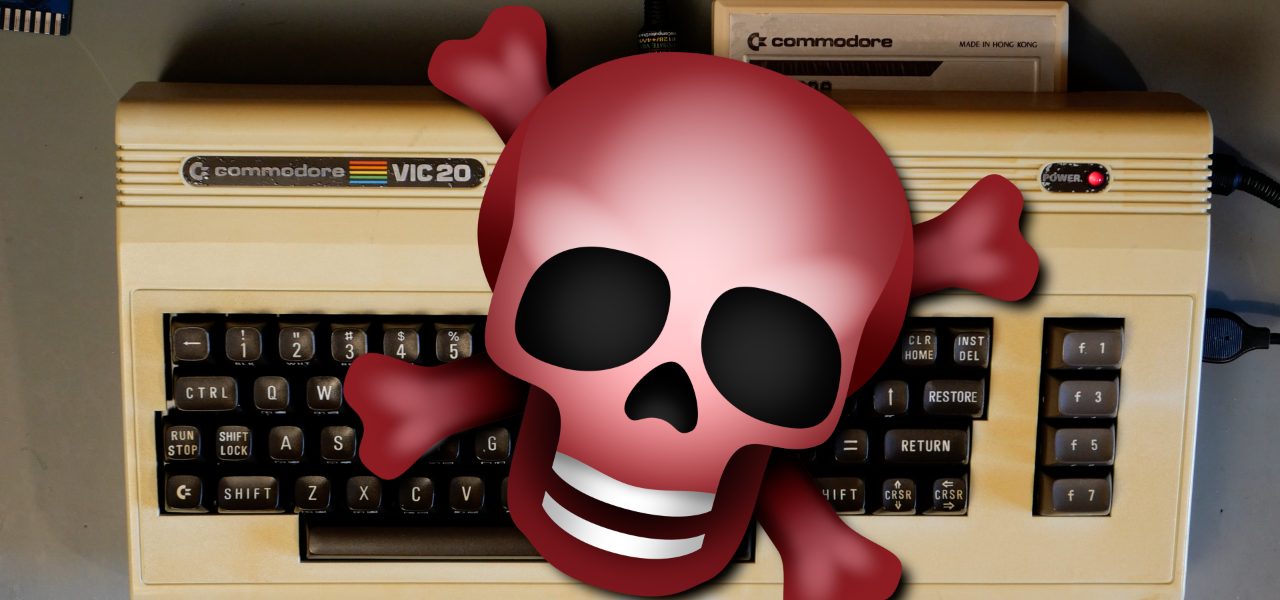Spurred on by the success of my cassette motor fix, I wanted to enhance my Vic20 further. I wanted to fit ZIF (Zero Insertion Force) sockets to some of the key ICs so that I could use the VIC as a test bed. And of course in the process I killed my VIC20 (there, got the title into the first paragraph – the SEO thingie will be happy!)
So why do it? Well I have a number of old PET disk drives that I want to fix up. Each of these has one or more 6502 and 6522 ICs as part of their circuit. And testing these in a disk drive, or in another disk drive, even by swapping them over, is a pretty hit and miss affair. Because a disk drive doesn’t have a user interface. Whereas, the VIC – which also uses both these ICs – has a screen, and possibly more important, a diagnostic cartridge that reports on the health of the ICs.
So, put the suspect chip into the VIC20, run the diagnostic, and the chip is instantly validated (or not).
Except, once I’d fitted the sockets and powered up the computer with the original chips . . . . black screen. Dead.
Well, not totally dead – a black screen indicates that there’s a video signal being output, there’s just nothing in it (a totally dead computer would remain on the blue “no signal” display).
So I’ve killed it, right? Well kinda. Probing the board with an oscilloscope shows that some signals are present and correct – the clock. The interrupts. Reset signal. Addresses seem to be being generated. But the data bus is a real mess. Lots of intermediate signals that are neither ‘0’ nor ‘1’. I check out Ray Carlsen’s diagnostic blog, and that indicates the cause could be almost anything.
Oh joy!
Thanks to www.pcbway.com for sponsoring this video. They produce high quality PCBs, 3D Printing and more starting from just $5. Check them out.

